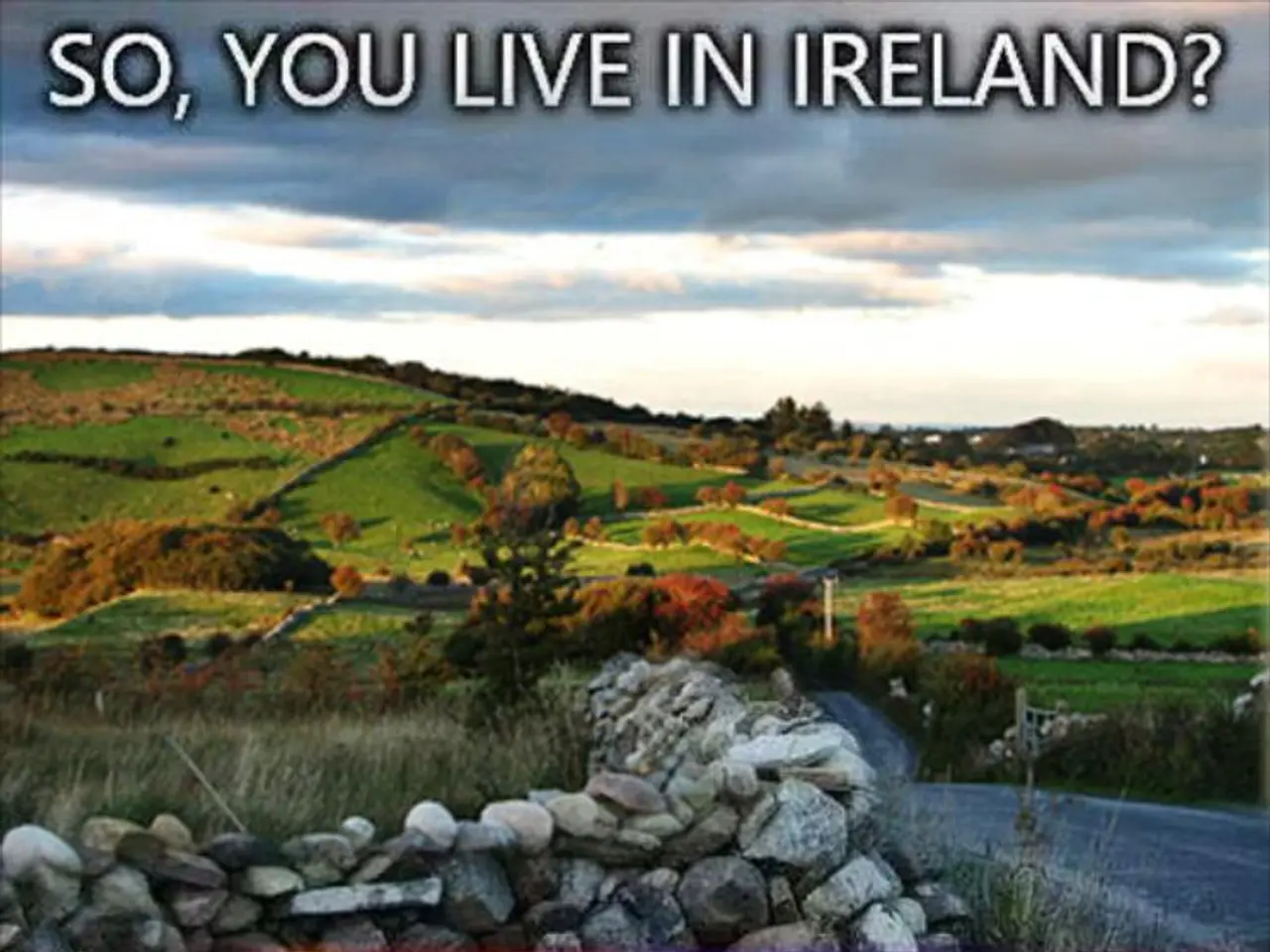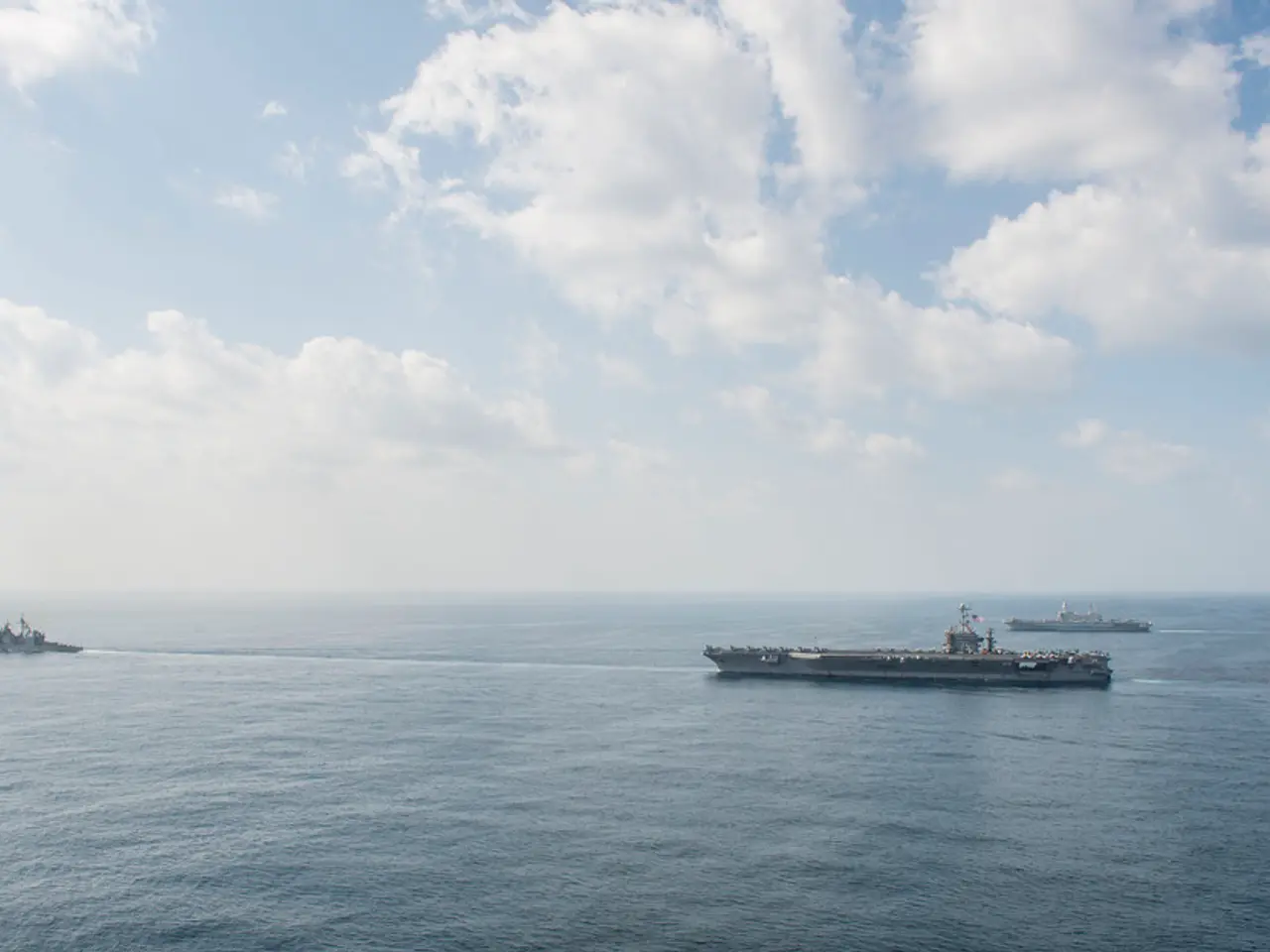Wildfire in France significantly restrained, yet authorities affirm it remains unsubdued.
A wildfire that began on August 5 near the Mediterranean coast in the Aude department of southern France continues to pose a significant threat as of August 9, 2025. The fire, which is the largest in France in at least 50 years, has burned around 16,000 hectares of vegetation across 15 municipalities, including towns like Saint-Laurent-de-la-Cabrerisse, Ribaute, Jonquières, Tournissan, and Coustouge.
The fire's rapid expansion was fuelled by hot, dry, and windy conditions, including the tramontane wind—a northerly wind common in the region—that significantly contributed to the flames. A heatwave with temperatures around 40°C and forecasted strong dry winds have kept about 1,400-2,000 firefighters on high alert, delaying full control of the fire until at least Sunday evening after August 9.
The impact on the region has been severe. One elderly woman died in her home, which was destroyed by the fire. Several people were injured, including a resident with serious burns and 19 firefighters harmed, one with a head injury. Approximately 2,000 people were evacuated, though many were allowed to return home by August 8; nevertheless, some remain unable to go back due to damage and safety concerns.
The fire has destroyed or damaged at least 25 homes and caused significant damage to villages and agricultural land. Local roads and campgrounds were closed, and firefighting operations included aerial interventions, though low clouds sometimes complicated this.
Authorities have emphasised that European regions like southern France are increasingly vulnerable to such large-scale fires owing to intensifying heatwaves and prolonged droughts linked to global warming—factors directly connected to this wildfire's scale and severity.
Christophe Magny, chief of the region's firefighter unit, stated that the fire will not be fully under control until Sunday evening. The president of the Aude departmental council, Helene Sandragne, has stated that firefighters will do their utmost before the return of the tramontane this weekend.
Experts suggest that European countries are becoming increasingly vulnerable to such disasters due to intensifying summer heatwaves linked to global warming. The fire near the Mediterranean coast is currently ongoing, and disaster officials have revised an earlier estimate of the fire's size, lowering it from 17,000 hectares to 16,000 hectares.
References:
[1] "France wildfire: Huge blaze in southern France leaves one dead and thousands evacuated." BBC News, August 7, 2025. https://www.bbc.co.uk/news/world-europe-59289273
[2] "Major wildfire rages near French Mediterranean coast." Associated Press, August 7, 2025. https://apnews.com/article/france-wildfires-europe-mediterranean-coast-8458665a8d15b84b2e07990e9f2f153c
[3] "La plus importante incendie de forêt en 50 ans ravage la région du Roussillon." Le Figaro, August 7, 2025. https://www.lefigaro.fr/actualites-france/2025/08/07/la-plus-importante-incendie-de-foret-en-50-ans-ravage-la-region-du-rousillon-20250807
[4] "France wildfire: One dead as 2,000 evacuated from homes." Sky News, August 7, 2025. https://news.sky.com/story/france-wildfire-one-dead-as-2000-evacuated-from-homes-12461775
[5] "France wildfire: Huge blaze near Mediterranean coast forces evacuations." CNN, August 7, 2025. https://edition.cnn.com/2025/08/07/europe/france-wildfire-mediterranean-coast-intl/index.html
The wildfire's exacerbation can be attributed to themeteorological factors like the high temperatures, dry conditions, and strong winds, which are indicative of climate-change effects. The land and academic sectors agree that these continual heatwaves and droughts increasing in intensity are symptoms of global warming, making European regions more prone to environmental-science disasters such as extensive wildfires.








